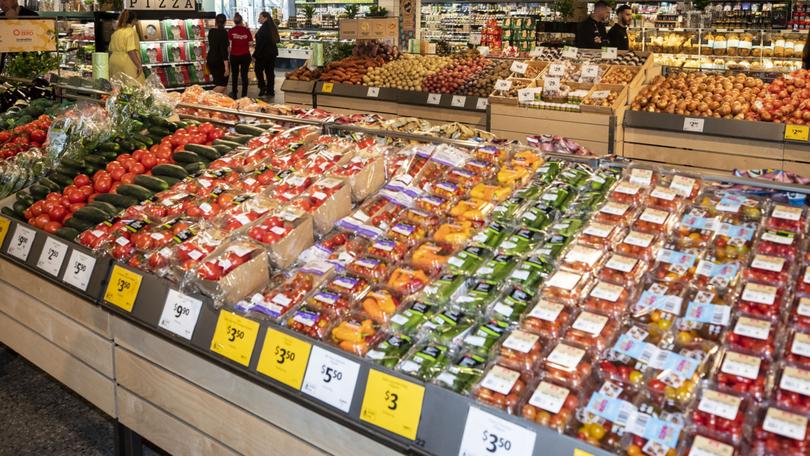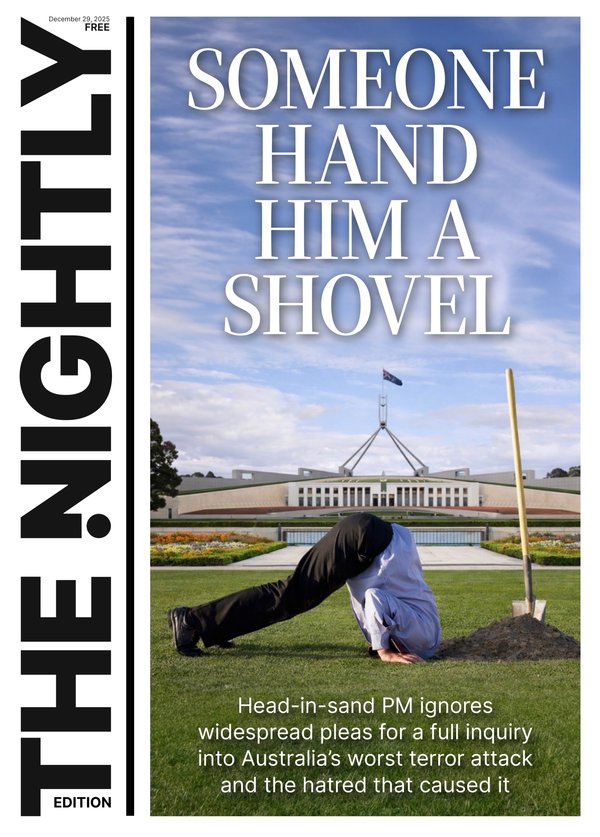Inflation rises to 3.6pc in April as housing and food prices rise over the month

Inflation has come in hotter than usual over April on the back of higher new housing prices and an increase in food prices — suggesting the Reserve Bank of Australia will need to keep interest rates on hold for longer, economists say.
Over the year to April, inflation on a monthly basis was 3.6 per cent, up from 3.5 per cent in March and higher than consensus economic forecasts for 3.4 per cent.
When price volatile items such as petrol and food are excluded, inflation held steady at 4.1 per cent, the Australian Bureau of Statistics reported. This measure is one of the Reserve Bank of Australia’s preferred readings when it considers interest rates.
Sign up to The Nightly's newsletters.
Get the first look at the digital newspaper, curated daily stories and breaking headlines delivered to your inbox.
By continuing you agree to our Terms and Privacy Policy.Fruit and vegetable prices jumped by the highest level in a year thanks to unfavourable weather conditions for growing, with berries, bananas and vegetables like lettuce and broccoli in reduced supply.
Transport prices were higher due to higher fuel prices compared to the same time last year. Petrol jumped 7.4 per cent in the year to April following an 8.1 per cent jump in the year to March.
ABS head of prices statistics Michelle Marquardt said it was the third consecutive monthly rise for fuel prices, which was a reflection of higher wholesale prices.
Elsewhere, the value of construction work completed in the first quarter of the year fell 2.9 per cent, with building work dragging the overall figures lower. The quarterly trend was worst in the NT and SA, but on an annual basis, worst in Victoria where the value of work fell 5.1 per cent over the year to March 31.
These figures feed into the broader national accounts, including gross domestic product, released next week. The Reserve Bank next meets to determine interest rates on June 17 and 18.
Insurance also held steady with an 8.2 per cent increase over the year to April, while tobacco increased 13 per cent, rents surged 7.5 per cent and health was up 6.1 per cent, from 4.1 per cent in the year to March.
“With consumer spending already weak, lingering inflationary pressures in Australia appear to largely reflect cost-push factors in areas such as housing, insurance, and energy which interest rates can’t really contain,” Betashares chief economist David Bassanese said, adding he now only expects one rate cut this year — not two.
“Interest rates are likely to remain at current restrictive levels for an extended period, with little relief likely this side of Christmas.”
EY chief economist Cherelle Murphy said while the monthly data needed to be read with caution, it showed inflation was still too high.
“Upside surprises like this read will continue to test the Reserve Bank’s resolve, as it takes the central bank further away from reaching its goal of getting inflation back to the target band by late 2025,” she said.
Business Council of Australia chief economist Stephen Walters said the result would “be ringing alarm bells” for the RBA.
“Inflation above target for longer will mean the RBA will be unable to lower interest rates any time soon,” he said.
“Further interest rate hikes are unlikely but, after today’s upside inflation surprise, no longer can be ruled out.
The higher-than-expected reading is unlikely to push the RBA to force rates up again, Saxo head of foreign exchange strategy Charu Chanana said, given the loosening jobs market and financially stretched consumers.
ING head of Asia Pacific Research Robert Carnell said the inflation report “looked bad from several angles”.
“This was not just ‘one of those statistical flukes’ caused by a big surge in one or two components due to seasonal distortions or supply interruptions,” he said, adding rate cuts this year appeared unlikely.
Economists at ANZ held to their forecast of a November rate cute but conceded risks were “tilted towards a later start”.
